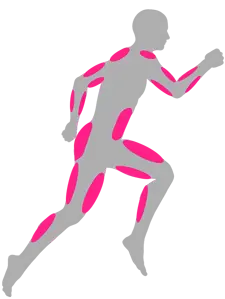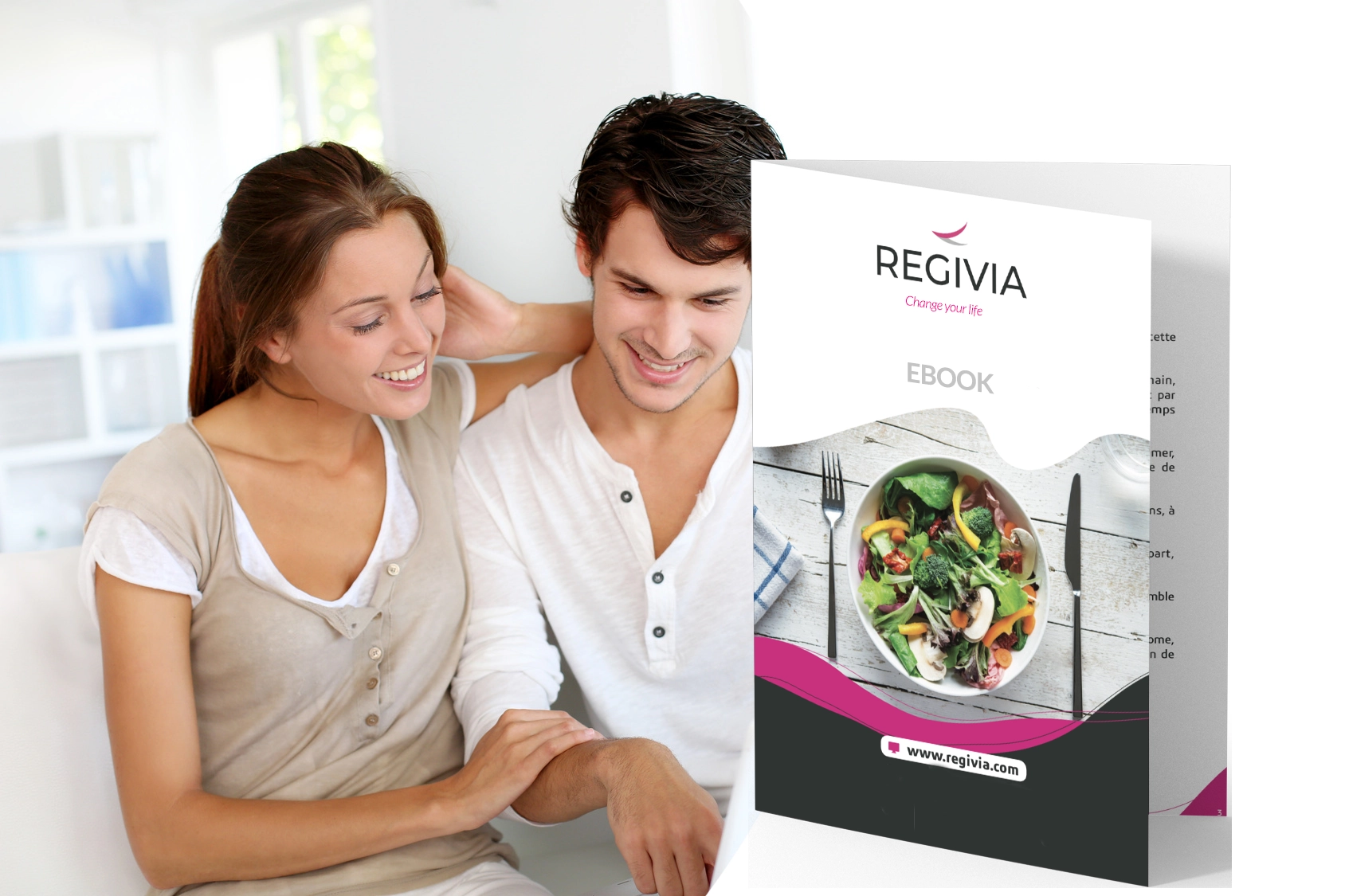Show summary Hide summary
Which muscle group are we activating when horse riding?

Everything you need to know about horse riding
What muscles are being exercised when horse riding? What parts of the body are we using and toning while horse riding? Use the tool below to see the list of all the body parts that are trained while horse riding!
Horse riding for fitness and strength training

What muscles are we training when horse riding?
Depending on the sport practised, certain areas of the body will be used more than others, but what about when you go horse riding? Will you tone and refine your figure while riding? Below is a list of the muscles and muscle groups strengthened and sculpted by horse riding!
Upper limbs (shoulders, arms and forearms)
Riding does very little for the upper limbs.
Trunk and pelvis (Chest, stomach and back)
- Abdominals: These are made up of several layers of muscle(rectus abdominis, external oblique, internal oblique, transverse), whose function is to flex and rotate the trunk.
- The muscles of the back: The back groups together more muscles such as the trapezius, the dorsalis major, the rhomboids, the infraspinatus and the round muscle. These muscles play a variety of roles. From the dorsal to the lumbar muscles, they ensure the mobility of the arms and shoulder, maintain posture and protect the spine.
Lower limbs (buttocks, thighs and calves)
- Buttocks: Located at the intersection of the lower limbs and the trunk, the gluteal muscles(gluteus maximus, gluteus medius and gluteus minimus) are among the largest and most powerful muscles in the body. In particular, they provide mobility for the thigh and support for the pelvis.
- The quadriceps: These are located at the front of the thigh. The quadriceps are each made up of 4 muscles (the vastus femoris or rectus femoris, the vastus lateralis, the vastus medialis and the vastus intermedius). These muscles facilitate flexion of the thigh on the hip and extension of the leg on the thigh.
- The hamstring muscles: Located on the back of the thigh, there are four of these muscles(biceps femoris, semitendinosus and semitendinosus). They flex the leg and extend the thigh.
- Calf muscles: Also known as the sural triceps, the calf muscles are made up of 3 muscle groups, including the soleus and the gastrocnemius. These muscles help the foot to extend down the leg
Lower limbs (buttocks, thighs and calves)
- The quadriceps: These are located at the front of the thigh. The quadriceps are each made up of 4 muscles (the vastus femoris or rectus femoris, the vastus lateralis, the vastus medialis and the vastus intermedius). These muscles facilitate flexion of the thigh on the hip and extension of the leg on the thigh.
- The hamstring muscles: Located on the back of the thigh, there are four of these muscles(biceps femoris, semitendinosus and semitendinosus). They flex the leg and extend the thigh.
- Calf muscles: Also known as the sural triceps, the calf muscles are made up of 3 muscle groups, including the soleus and the gastrocnemius. These muscles help the foot to extend down the leg
Riding tones up certain areas of the body that are rarely used. Whether it’s to maintain balance in the saddle or to apply pressure with the legs to communicate with the horse, the lower limbs (buttocks, quadriceps, adductors, calves) are the first to be strengthened by riding. The anteversion and retroversion movements of the pelvis and the upright posture of the trunk strengthen the abdominal and back muscles.
Everything you need to know about horse riding
What muscles are used in different sports?
All sports in detail!




















































